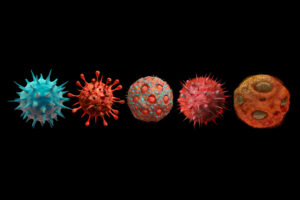The prevention of transfusion-transmitted infections (TTI) is largely based on recruiting donors at low risk of being infected with a TTI and using screening assays to identify known pathogens. However, a small, ever-present risk of transfusion-transmission of unknown pathogens or those with long incubation times remains. To investigate the risk of unknown TTI, researchers in Sweden developed a two-pronged algorithm to search a nationwide Swedish transfusion database (SCANDAT-3S) for concordance for 1155 disease entities between donors and recipients using a series of retrospective cohort analyses. From 1968-2017, 1.72 million patients (56% female; mean age of first transfusion, 65 years) received 18.97 million blood components (RBCs, plasma, platelet or whole blood units) from 1.04 million blood donors. Based on a median follow-up period of 4.5 years for recipients and 18.5 years for donors, researchers found evidence of 15 diseases caused by a TTI, 13 of which were validated by a second approach based on possible shared diseases among all recipients of a given donor. While some of the transfusion-transmitted diseases found were expected such as HIV (before 1985) and viral hepatitis, others such as pneumonia, sepsis, gastroenteritis, and colitis of unknown origin require further investigation. No strong evidence for any unknown TTI were found in Sweden, and this study serves as a proof-of-concept that nationwide databases can be used as a surveillance system for unknown TTI.
Reference:

